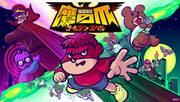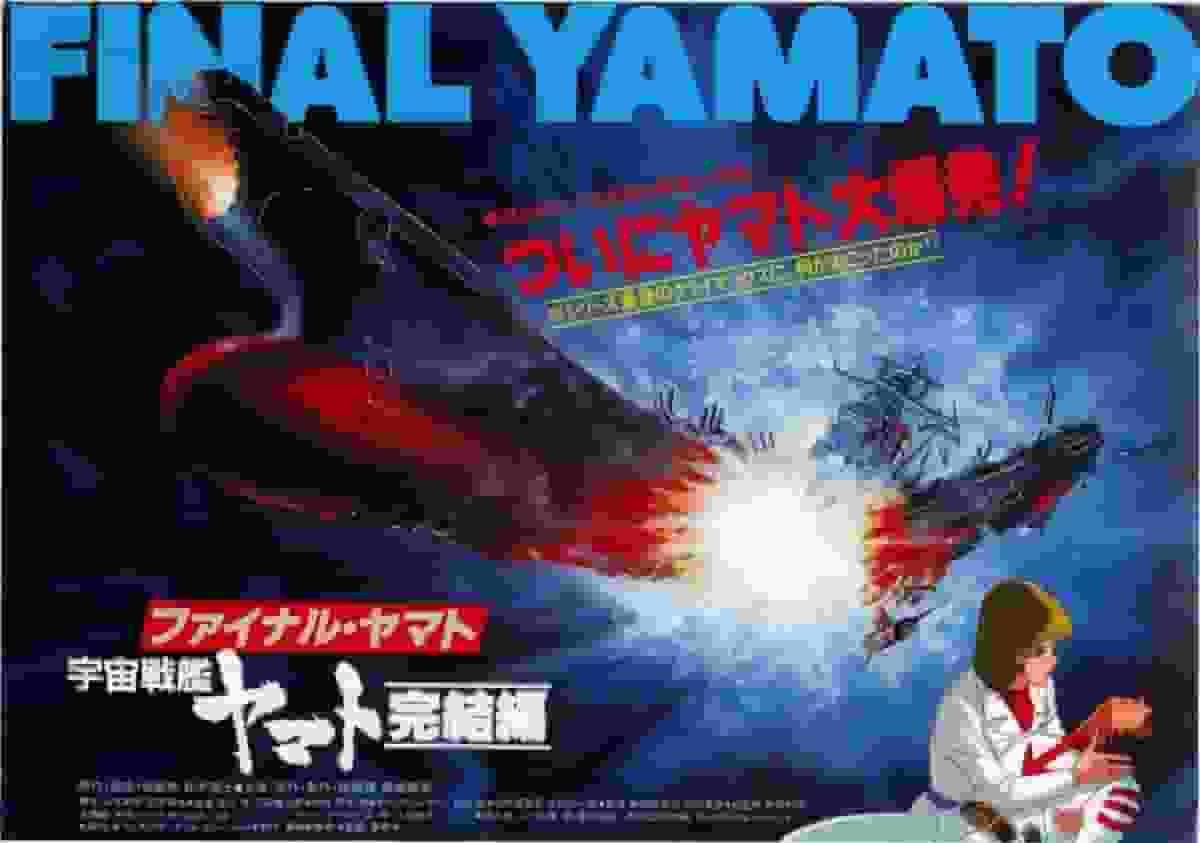The Life of Buddha: A thorough explanation of his profound teachings and influence

A detailed review and recommendation of The Life of Shakaoverview"The Life of Shaka" is an animated film released in 1961. It is based on the first and second parts of the shadow puppet film "Daisho Shakyamuni" that the late Ofuji Noburo made during his lifetime, and was re-edited as a wide-format film after Ofuji's death. The film is 72 minutes long and has a self-contained story format. It was directed by Ofuji Noburo and Takanami Saburo, and produced by Sanko Studio and Harashima Yoshiro. Background"The Life of Buddha" was produced as an original anime work and released in other media. Since there was no original source material, the story was created entirely by the animation staff. The work depicts the life of Buddha, the founder of Buddhism, and deals with religious themes. By using a unique method of expression called shadow art, it combines visual beauty with spiritual depth. story"The Life of Shakyamuni" depicts the process of Shakyamuni from his birth to his enlightenment. The story begins with Shakyamuni being born as a prince and living a luxurious life, but facing the realities of suffering, aging, illness and death, he decides to become a monk. The story then depicts his journey through rigorous training, finally attaining enlightenment under the Bodhi tree and becoming a Buddha. Throughout Shakyamuni's life, this work depicts the suffering that humans experience, how they overcome it, and how people reach the state of enlightenment. Visual expression"The Life of Buddha" was created using the traditional method of expression known as shadow art. Shadow art is able to express simple yet deep emotions through the skillful manipulation of light and shadow. In this work, attention was paid to color and movement to maximize the beauty of the shadow art, enhancing its visual appeal. In addition, attention was paid to even the smallest details in the background and the movements of the characters, and they are meticulously drawn in accordance with the progression of the story. Music and SoundThe music was composed by Kimura Hajime, Honda Tetsuma, and Tokyo Vocal Group, and the recording was done by Togoshi Tokiyoshi and Kimura Hajime. Music plays an important role in enhancing the atmosphere of the story, and in this work, which deals with religious themes in particular, the music combines with the visual expression to deeply move the audience. The recording is also of high quality, and the voice actors' performances and sound effects enhance the story. Cast and commentaryThe performers and commentators were all Hiroshi Takahashi. His voice speaks to the audience, sometimes gently, sometimes sternly, as the story progresses. The commentary plays an important role in understanding the life of Buddha, delving deeply into the background and religious meaning of the story. Ratings and Recommendations"The Life of Buddha" is highly acclaimed as an animated film that uses the unique expression method of shadow puppetry. It has been particularly praised for its balance of visual beauty and profound religious themes. The film's music, sound, and the performances of the cast have also been highly praised, making it a highly polished work overall. I highly recommend this film to anyone interested in Buddhism or who enjoys films with religious themes, as well as to anyone interested in the traditional art of shadow puppetry and the history of animation films. Furthermore, this film will satisfy anyone who enjoys a deep story and beautiful images. Supplementary Information"The Life of Buddha" occupies an important place in the history of Japanese animation films. In particular, it was a pioneering work that used the expression method of shadow puppetry, and had a major influence on subsequent animation films. This work is also attracting attention as an animation film that deals with religious themes, and has touched many people's hearts. Furthermore, this work has been loved by many people since its release in 1961 to the present day. It is often used in educational settings, particularly to teach Buddhist teachings to children. It is also sometimes exhibited in art galleries and museums, providing an opportunity to appreciate the beauty of shadow puppetry. Related works and recommendationsA work related to "The Life of Shakyamuni" is "Daisho Shakyamuni," also produced by Ofuji Noburo. "Daisho Shakyamuni" is the predecessor to "The Life of Shakyamuni," and they share the same expression method using shadow puppets and religious themes. Another animated film that also deals with religious themes is "Buddha - A 2500-Year Legacy." This work depicts the life of Shakyamuni, and is highly regarded for its visual beauty and profound story. Other recommended works after watching "The Life of Buddha" include Studio Ghibli's works such as "Spirited Away" and "The Wind Rises." These works combine visual beauty with deep stories, and have a common appeal with "The Life of Buddha." We also recommend Makoto Shinkai's works such as "Your Name" and "Weathering with You." These works are known for their beautiful images and moving stories, and will leave a deep impression on the audience, just like "The Life of Buddha." summary"The Life of Buddha" is an animated film that uses the unique expression method of shadow puppetry, and is a work that combines visual beauty with profound religious themes. The music, sound, and the performances of the actors have also been highly praised, making it a highly polished work overall. This film is highly recommended for those who are interested in Buddhism and those who like works that deal with religious themes. It is also recommended for those who are interested in the traditional expression method of shadow puppetry and those who are interested in the history of animation films. Furthermore, this film will satisfy those who want to enjoy a deep story and beautiful images. |
>>: The appeal and evaluation of "Plus 50,000 Years": A masterpiece anime depicting a future world
Recommend
Spider-Man: Far From Home's first Chinese trailer shows Mysterio's surprise appearance
After much anticipation, Spider-Man: Far From Hom...
Detailed review and evaluation of Danball Senki Special Anime OVA1
Danball Senki Special Anime OVA1 Review and Detai...
"Avatar" defeated "Avengers 4" and became the global box office champion again
According to Maoyan Professional Edition data, th...
Woody Harrelson confirmed to return to Venom 2 to play Carnage
At the end of the movie Venom, Carnage, played by...
A top player creates a clay "cookie" of "Pokemon" that is lifelike but can't be eaten
I believe many of my friends have eaten animal co...
Jiangnan's "Dragon Clan" animation concept PV released Welcome to the Kingdom of Dragons! Exclusively broadcast by Tencent Video
Today (August 8), Jiangnan's "Dragon Cla...
New stills of "Wonder Woman 2" exposed: The goddess catches the bad guy with his feet upside down
Recently, the American ticketing website Fandango...
A thorough analysis of the appeal and emotion of "Welcome to Pia♥Carrot!! The Movie: Sayaka's Love Story"!
The appeal and reviews of "Welcome to Pia♥Ca...
Marvel's Spider-Man 3 has three subtitles? New stills officially released
Today (February 24), the three leading actors of ...
Reassessing the moving impact of "Sad Mongoose": The appeal of this masterpiece and its background
Sad Mongoose - Kanashiki Mongoose overview "...
Rick and Morty Season 4 second half to be aired tomorrow
Today (May 3), the official Twitter account of &q...
Slope Apollon: A moving story of youth and jazz
"Kids on the Slope": A moving story whe...
"The Conferred Gods Trilogy" released Yang Jian's styling poster and is now in post-production dubbing
Today (May 8), Wuershan's "Fengshen Tril...
Guo Jingming's "Jade Dynasty 2: The Cold-Blooded Banquet" is scheduled to be released on Tencent Video on December 4
Directed by Guo Jingming, the second film in the ...
Want to catch up with Togashi? Netizens are discussing the sudden suspension of the new series of Rurouni Kenshin after the draft appeared.
One of the oddballs in the comics world, Togashi ...









